USB Type-A connectors were everywhere for many years. No one especially liked them, but they were simple and worked with all kinds of devices. They had a strong affinity for Murphy’s Law: No matter which way you plugged them in, you got it wrong the first time. But no technology lasts forever, and eventually they’ll go the way of RS-232 and SCSI connectors.
USB isn’t going away, of course. It’s getting better. The new standard is USB Type-C, also called USB-C. It will replace not only Type-A but the Mini-USB and Micro-USB connectors. The use of Type-A has been declining for a long time, because it takes up too much space on a phone or an ultra-thin tablet. The variety of connector types currently in use takes the “universal” out of the Universal Serial Bus.
Type-C will eventually replace all of them. Unlike its predecessors, the plug is reversible; there’s no wrong way to plug it in. With the coming of USB4, the new connector is a requirement. It doesn’t support Type-A connectors. In spite of its smaller size, the Type-C connector has 24 pins, exceeding the 4 pins of the original Type-A connector and the 9 pins of the USB 3 Type-A.
Some of these pins are redundant, to allow reversibility or increase reliability. There are four power and four ground pins, for example. What’s important is the two pairs of pins for SuperSpeed transmission and two pairs for reception. They double the bandwidth available with the Type-A connector.
The old connector type isn’t obsolete yet. Computers, especially desktop models, are still sold with Type-A USB ports alongside the Type-C ones. Tablets and phones almost always have mini, micro, or Type-C ports. We can safely say the four-pin Type-A connector is obsolete, though it will doubtless stay on the low-price racks for buyers who look only at price.
Type-C to Type-A cables have become common and won’t vanish quickly. They’re convenient for connecting phones to desktop and laptop computers and hubs. They don’t give the performance advantage of an end-to-end Type-C cable, but speed usually isn’t crucial in those situations.
A lot of existing devices use Type-A. Their owners can get adapters but would rather not. The convenience of a thumb drive is that it plugs right into the computer. An adapter is one more thing that can malfunction or get lost, and it doesn’t confer the benefits of a Type-C port.
The situation is similar with Micro USB, but it may last longer because so many mobile devices use it. The speed advantage of USB C is less important with these devices than with desktop and laptop machines and disk drives. USB 3 Micro-B, with an odd-looking plug, allows higher speeds but may not have enough of a market foothold to last long. Mobile devices will soon converge on Type-C.
Automotive devices are another significant piece of the USB market. Cars last a long time, and the manufacturers are more concerned with compatibility than speed. Car chargers and connections to entertainment systems tend to use Type-A connectors. Newer devices can use a Type-A to Type-C cable.
Type-A still has quite a bit of life in it. It’s no longer state-of-the-art technology, but it’s the best solution for many situations. Compatibility is often more important than performance.
USB 3 and 4 are backward compatible with 2.0, so old devices will keep working. The slide of the older connectors into an antiquated niche is inevitable, but it will happen slowly. New devices, though, will increasingly move to the newer, faster version of the technology. When USB4, which requires the new connectors, becomes dominant, the shift will become more rapid.
Whatever your USB needs are, we have the answer. Have you got questions? Contact us.



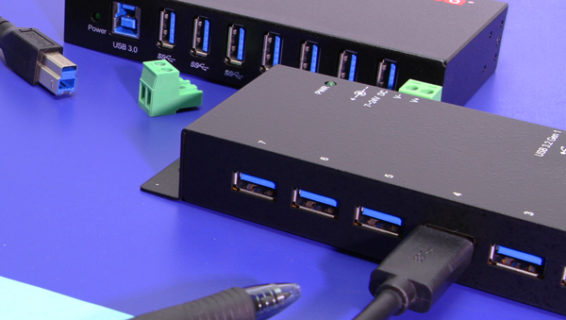




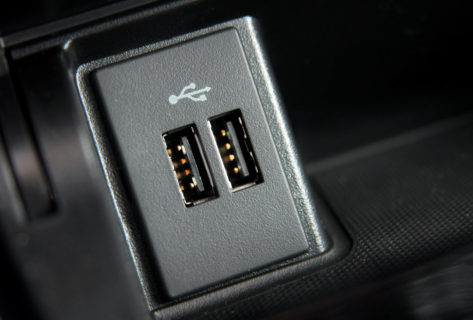
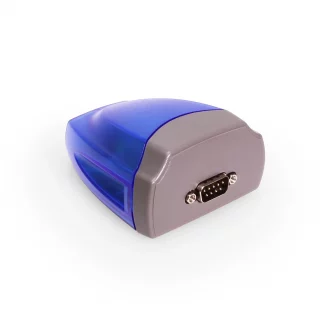
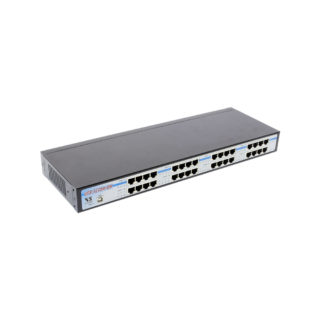
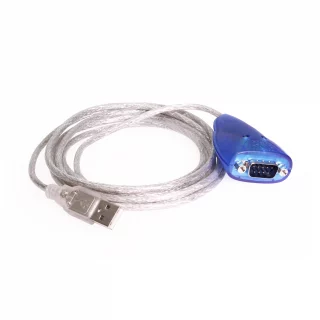
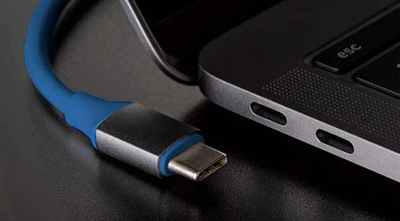
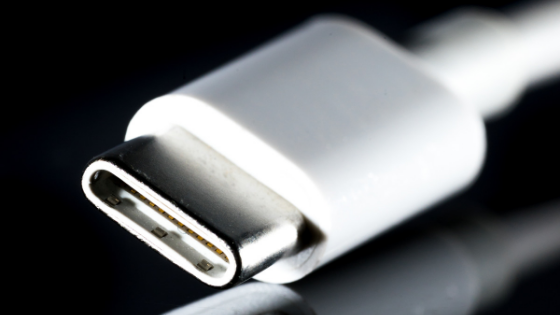








Nonsensical article. I am NOT switching to USB C on my desktop PC, which is what I use the most, because I believe in “if it ain’t broken don’t fix it”. USB A is sturdy and durable and I’ve never had one break, unlike the thin USB C’s, which should only be used on phones and ultra thin laptops where there’s no space for larger ports. And this “No matter which way you plugged them in, you got it wrong the first time” is utter nonsense. I always get it right at least on my devices because I already know which way the port is oriented and I look at the connector to see which way it should go in (perhaps people should practice with shape block toys for children if they can’t do that?). What next, desktops are obsolete because most people use phones and laptops nowadays? Give me a break. The author was probably paid to write this article.
A;
Eventually even desktop PCs will significantly drop the number of Type-A ports they come with, and at some point drop them entirely like how iEEE.1394(aka firewire) just phased out over a few years: USB 4 is USB-C only and adds many features other than a speed increase like video handling, bi-directional data, networking, up to 240W of power, etc. Most laptops and portables have already dropped Type-A entirely in favor of 1-4 Type-C ports. The latest & greatest Intel and AMD motherboards are mostly 50/50 on the type of ports they offer right now, and that will slowly slide in favor of Type-C as time goes one. Eventually you’re going to need an add-on card or cable converter if you require “legacy” ports on you PC.
The one saving grace of all of this, is that Type-C cables and connectors can do *everything* the Type-A cables and connectors can do, and more. This means a plug or cable adapter from Type-C to Type-A is going to work for 99.9% of people that need such a conversions. After all, printer (for those rare people who still have one) are likely going to stick with the Type-B socket for quite a while. A type-C to Type-B cable allows them to work with those new modern “C only” systems.
Your article fails to take into account the fact that many of us have invested hundreds of dollars in portable hard drives as back-ups. If they go the way of the floppy disc, there go all our irreplaceable family photos, financial and medical records etc. So are we all just screwed, or what?
Russell,
While most Desktop PCs are coming with a good mix of Type-A and Type-C ports, almost every laptop and portable computer available for sale today has entirely dropped the Type-A port.
The good news is that older products like your portable backup drives can be easily and cheaply adapted to Type-C only PCs with a cable or adapter, so when desktop PCs finally switch to being Type-C only you won’t be forced to buy all new drives.
Let us know if you’re interested and I can point you in the direction of some example adapters.
Lol dude seriously?
Russell, back them up to somewhere else then.